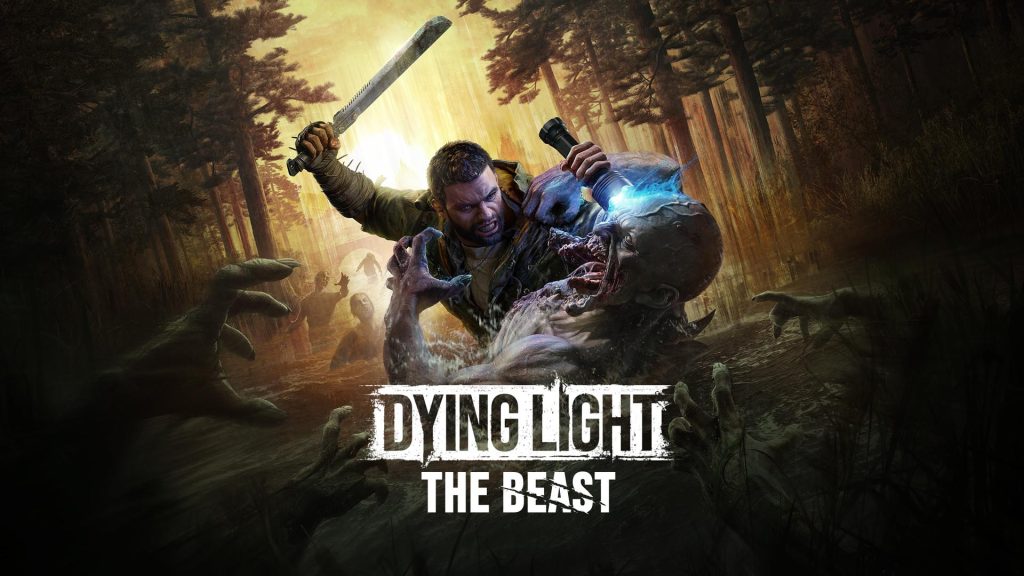Over a decade has passed since the original Dying Light carved a fresh niche in the zombie survival horror genre, presenting players with a sprawling, open-world experience filled with relentless undead threats. The game pioneered a blend of first-person parkour mechanics and visceral combat that not only made survival a thrill but also tested players’ nerves. On August 22, 2025, the third major installment, Dying Light: The Beast, is set to unfold a new chapter while rekindling the franchise’s horror roots.
A Return to Survival Horror
Community feedback following the release of Dying Light 2: Stay Human indicated a desire for a more terrifying experience akin to the original game. Franchise Director Tymon Smektała acknowledged this sentiment. “We heard our fans,” he said. “While we are proud of Dying Light 2, I can admit that perhaps it wasn’t as scary as the first game. We lost some of that oppressive, terrifying atmosphere that made the original so special. With The Beast, our number one goal was to bring back the fear. We want players to feel genuine dread when the sun goes down.”
The experience of night in Dying Light: The Beast radically transforms gameplay. As darkness envelops the world, players find themselves hunted by terrifying creatures known as Volatiles. “Night is truly pitch black,” Game Director Nathan Lemaire explains. The ominous silence, accentuated by unsettling soundscapes, heightens the tension. Players must continuously monitor their in-game watch, aware that straying too far from safe zones at night can result in deadly encounters. “Every step is fraught with tension,” Lemaire adds. “It’s pure survival horror.”
The developers are intentionally crafting suspense rather than overwhelming players with hordes of enemies. As Smektała notes, “Sometimes, the absence of an enemy, paired with their terrifying sounds, can be just as scary as fighting them.” This approach promises an experience where players are constantly on edge, anticipating danger lurking around every corner.
The Beast Within
Returning hero Kyle Crane finds himself fighting two battles: against external monsters and the internal beast that threatens his humanity. After an infection and years of experimentation, Crane’s DNA has intermixed with zombie strains, enabling him to tap into feral powers. This mechanic allows players to unleash brutal attacks as Kyle channels his beast-like abilities, albeit briefly. Initially, players will struggle to control this power, reinforcing the game’s core theme of survival and stealth.
“Don’t mistake the Beast-like powers for a god mode,” Smektała emphasizes. “It’s rewarding and fun, but your most important weapon is still your brain.” This mechanism aims to deepen the emotional engagement and complexity of the gameplay, allowing players to embrace their inner monster while still relying on strategic thinking and planning.
A Calculated Arsenal
Another significant addition in Dying Light: The Beast is the reintroduction of firearms, which have a nuanced history in the franchise. Smektała shared, “The original Dying Light had firearms, but the focus was on melee.” However, players requested guns in Dying Light 2, leading to their careful integration in this new installment. Firearms will be available early in the game, but their use comes with substantial risks. “Ammo and resources are scarce in Castor Woods,” Lemaire notes, adding a new tactical layer to gameplay. Players must consider the consequences of their actions when deciding whether to fire a weapon and draw attention to themselves.
As a complement to firearms, the game introduces drivable 4×4 trucks, which enhance mobility but consume fuel and attract unwanted attention. This adds yet another layer of strategy as players navigate the treacherous landscape of Castor Woods, balancing mobility with the ever-present threat of zombie hordes.
The Beauty of a Decaying World
Set in the atmospheric Castor Woods valley, The Beast features a meticulously crafted open world, diverging from procedural generation techniques. The result is a rich environment filled with numerous biomes, including forests, swamps, and industrial zones, each designed to evoke a sense of history and danger. “For Castor Woods, we made a conscious decision to handcraft the world instead of using procedural tools,” says Art Director Katarzyna Tarnacka-Polito. “This allows us to control the atmosphere and create a world that feels grounded and full of history.”
In addition to the handcrafted world, dynamic day-night cycles and weather systems have been incorporated. Tarnacka-Polito highlights that various weather conditions will influence gameplay. For example, rain can make roads slippery, impacting vehicle control, while electricity becomes more dangerous under wet conditions. This combination of curated design and unpredictable environmental elements promises to deliver the unscripted, heart-pounding moments that the series is known for.
Community Engagement
The development of Dying Light: The Beast has been heavily influenced by community feedback. The team behind the game emphasizes that the return to a more horror-focused experience, alongside a beloved character, stems directly from conversations with players. As a result, the developers are pouring passion into crafting The Beast as an exhilarating journey. Gamers can anticipate the launch of Dying Light: The Beast on August 22, 2025. Those who pre-order will receive the Hero of Harran Bundle, featuring unique items that pay homage to the series’ legacy.
With its combination of intense survival mechanics, an engaging narrative, and the rich, immersive world of Castor Woods, Dying Light: The Beast is poised to deliver an unforgettable gaming experience that both honors its predecessors and embraces new heights of horror and challenge.
Source: Xbox News

